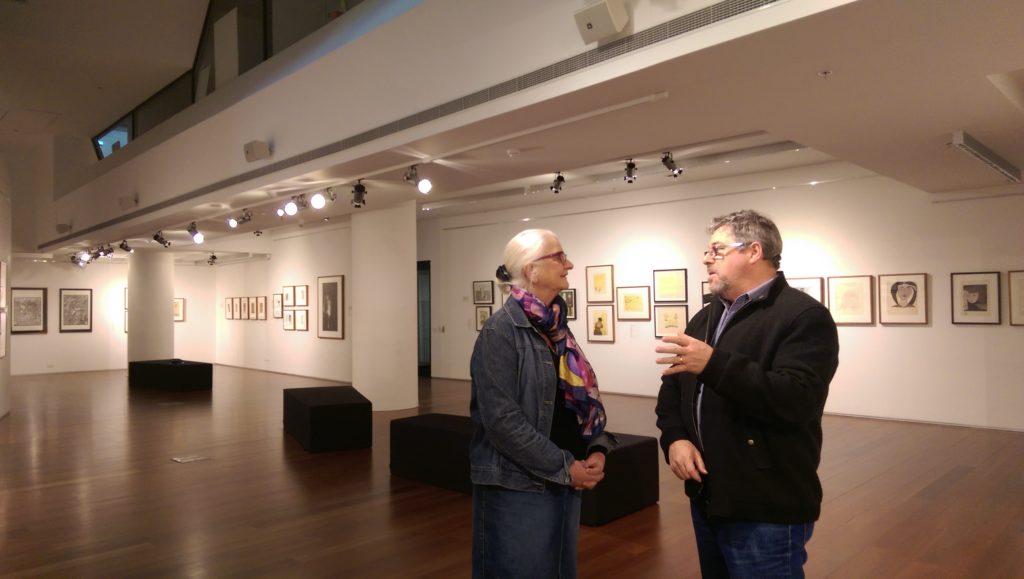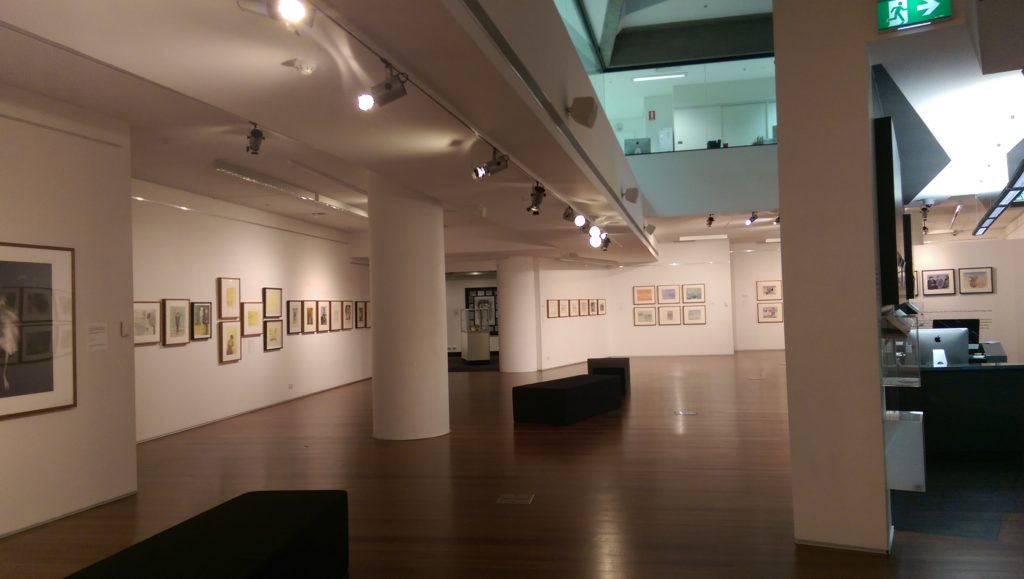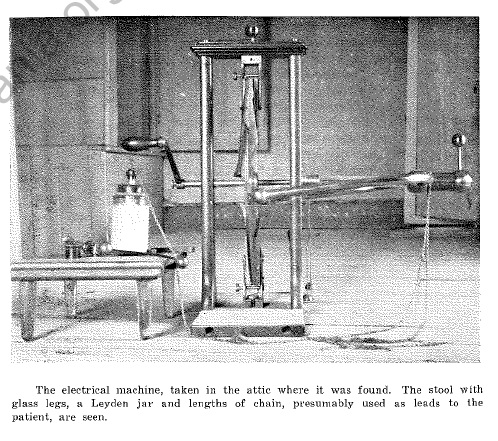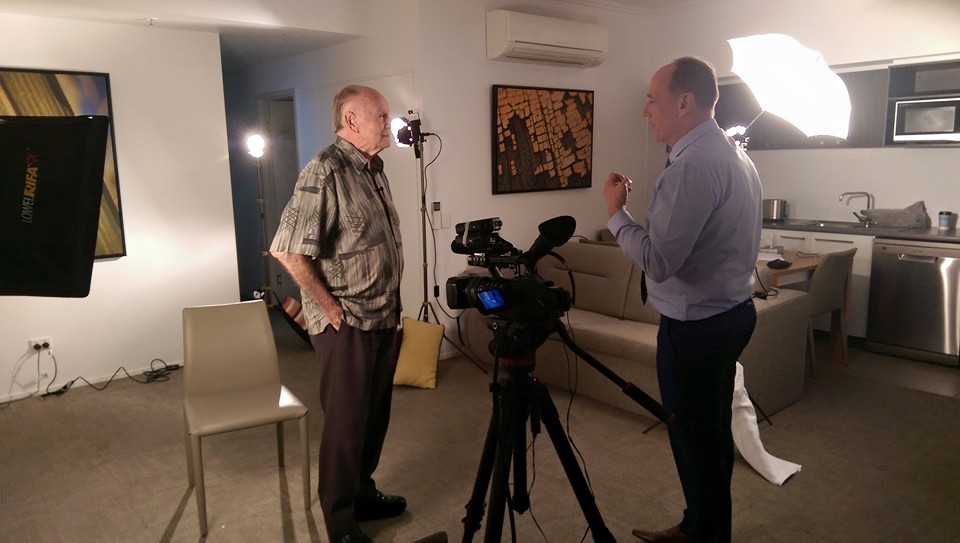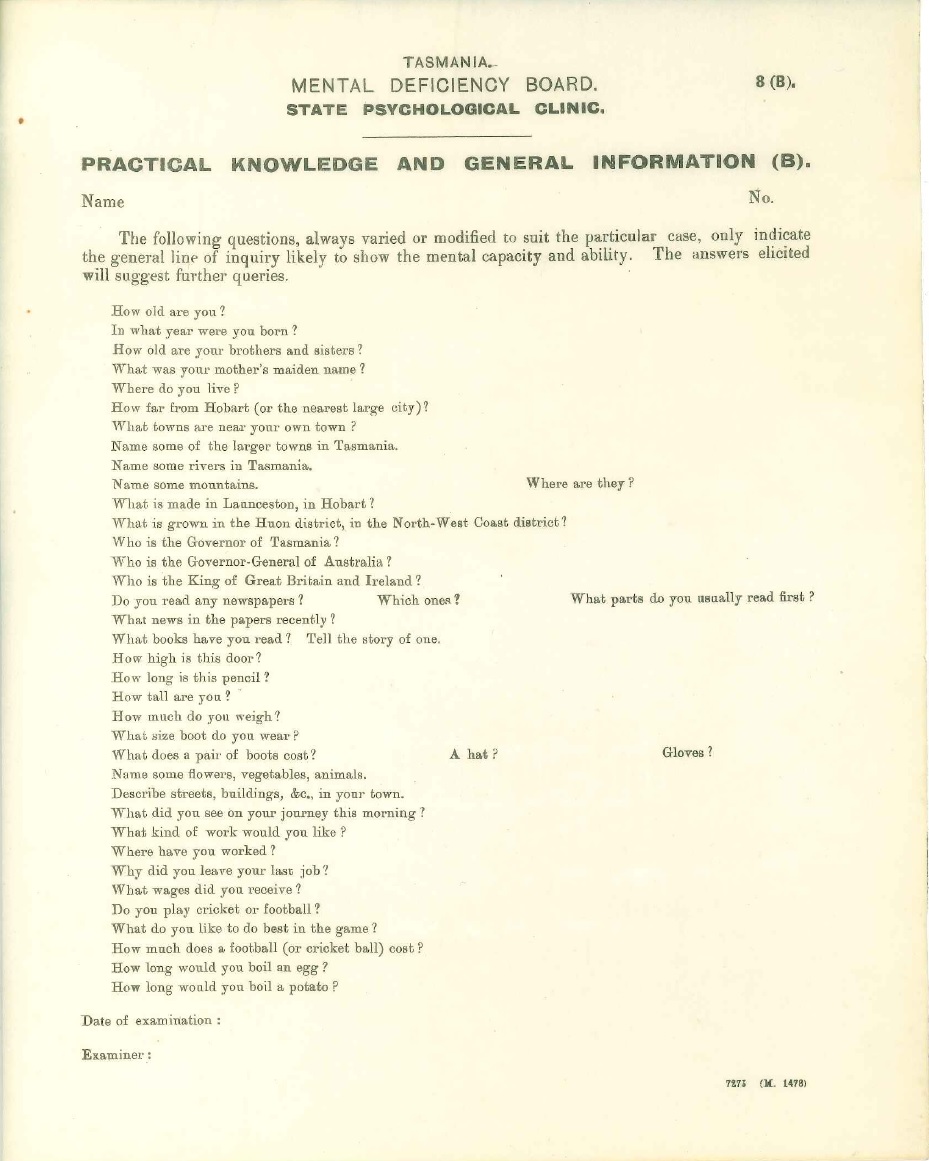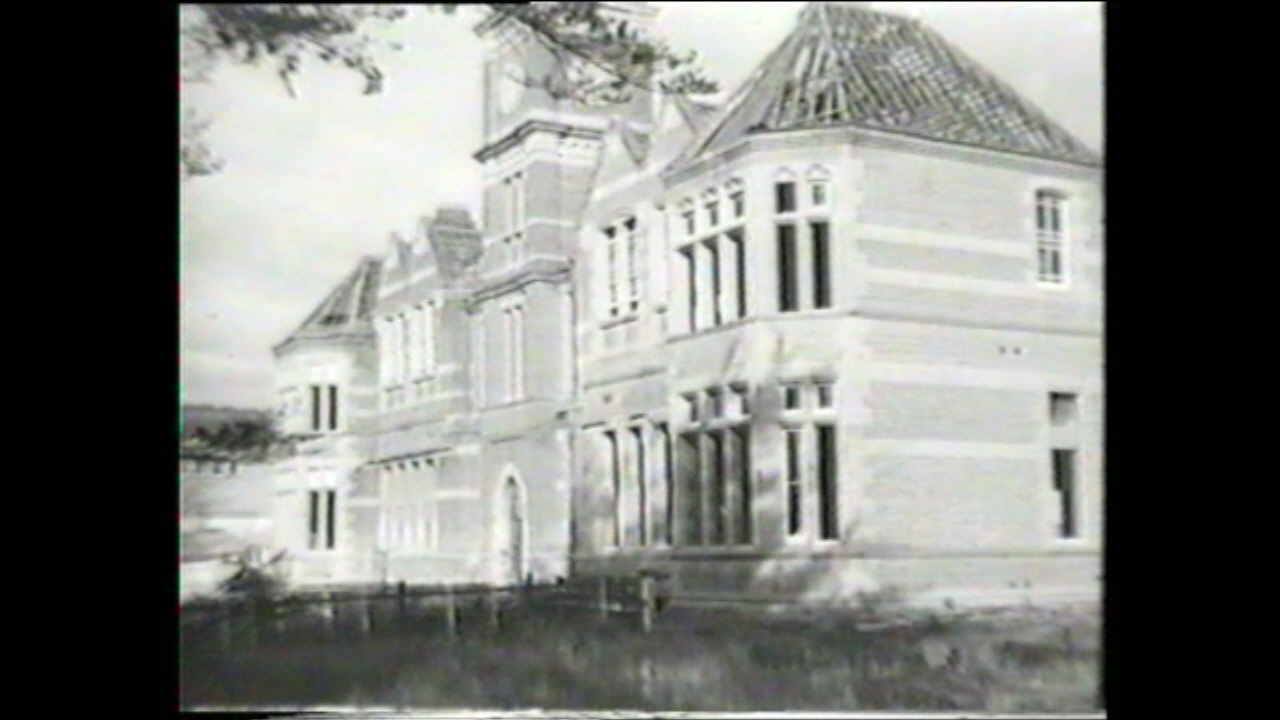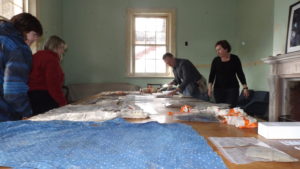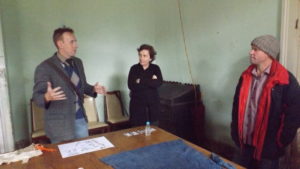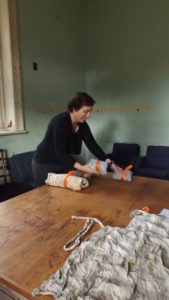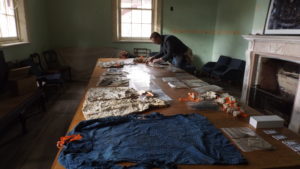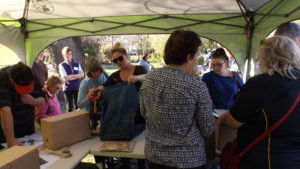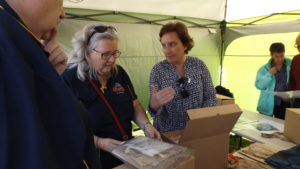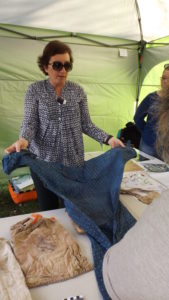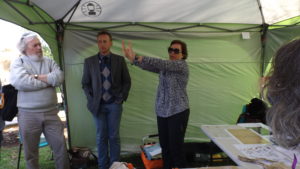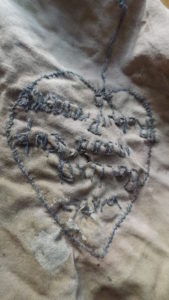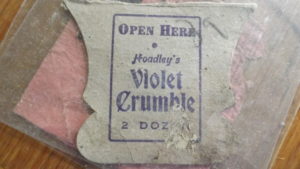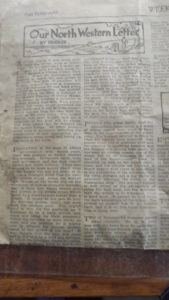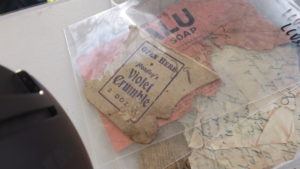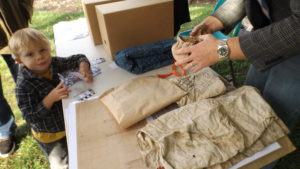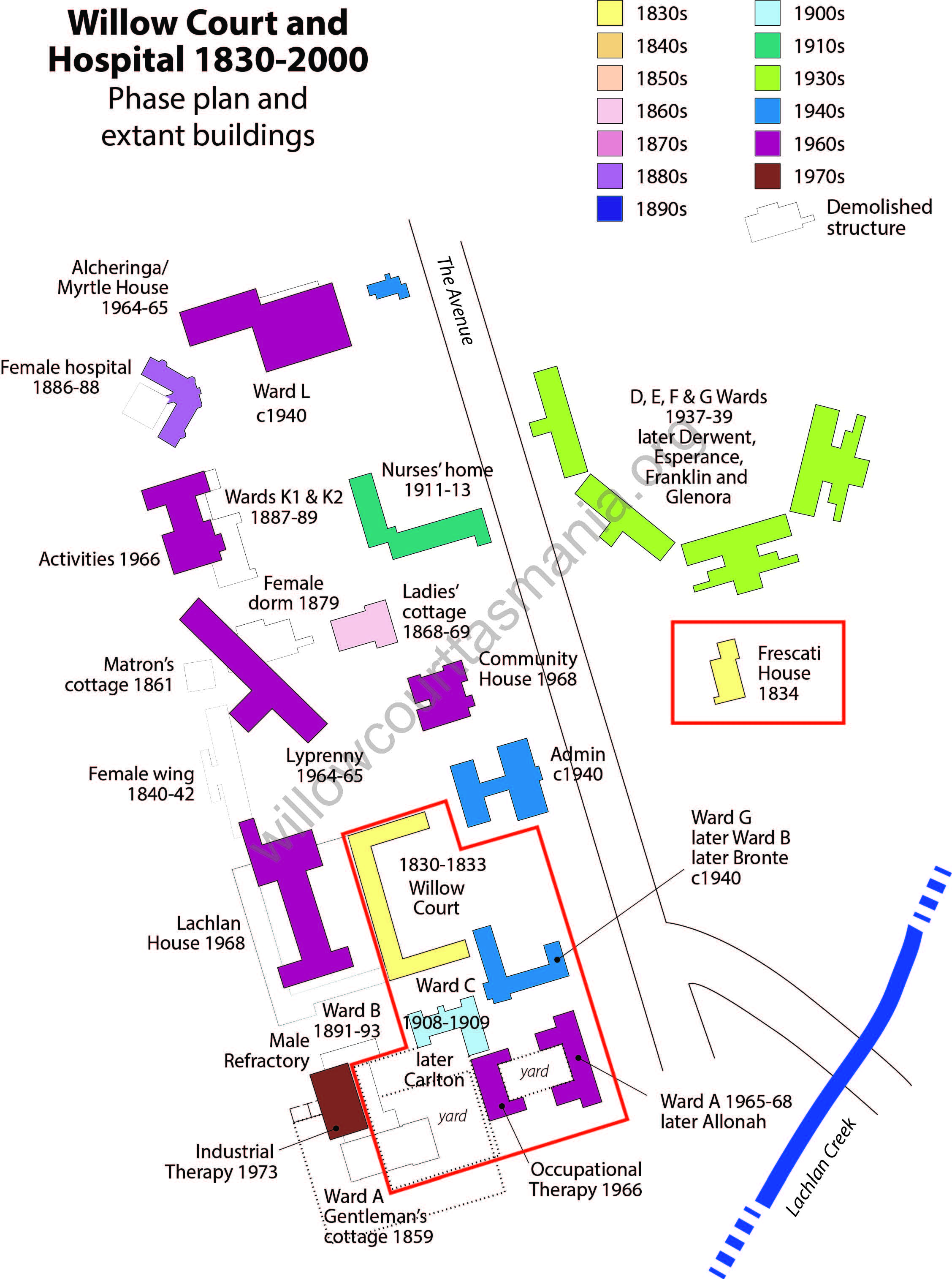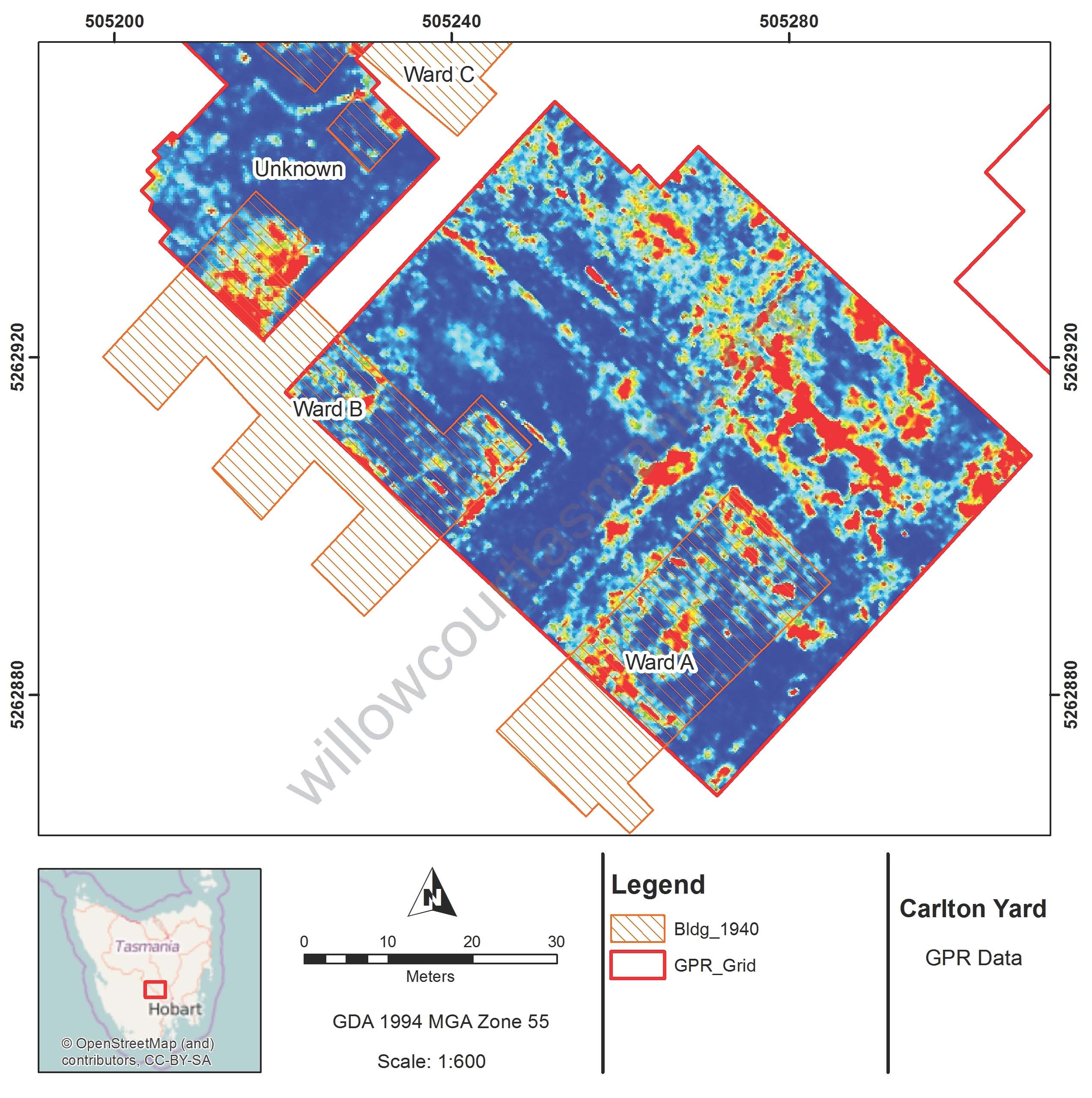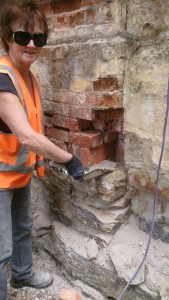 (c) 2016 Anne Salt (Chairperson Friends of Willow Court) volunteering on the wall at the Willow Court restoration project.
(c) 2016 Anne Salt (Chairperson Friends of Willow Court) volunteering on the wall at the Willow Court restoration project.
On Thursday the 4th August the Friends of Willow Court had their Annual General Meeting which is open to the public. I attended and was allowed to record the Chairperson’s report. Mrs Anne Salt read out the years activities that the committee participated in or arranged. She also gave thanks to Haydn and Penny Pearce, Bernie and Janine Clifford for their support during the Heritage Month tours.
There was also a presentation from Mr Rodney Dunn. Mr Dunn showed the gathered committee his plans for an extension to his already highly successful business, the Agrarian Kitchen. (podcast to come later). Mr Dunn is keen to work with the Friends of Willow Court and the Willow Court History Group once the Derwent Valley Council finalise their long processes for a lease on the Bronte Building.
